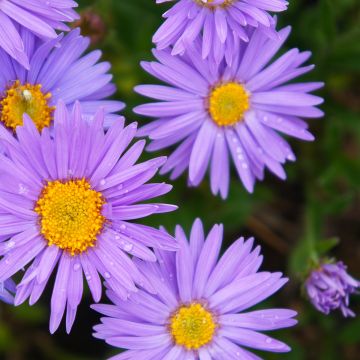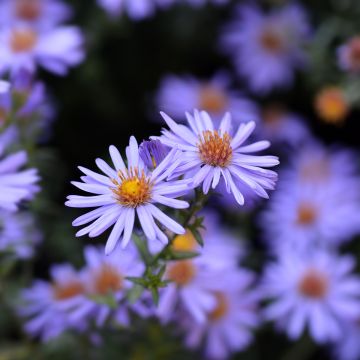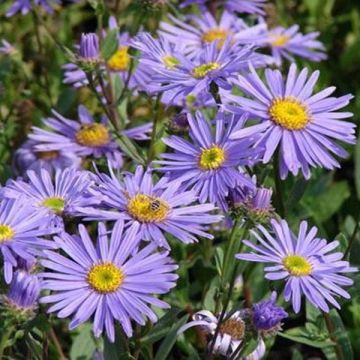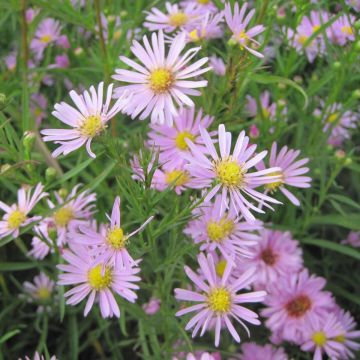Non-invasive asters
Would this plant suit my garden? Set up your Plantfit profile →
Available in 3 sizes
Available in 2 sizes
Available in 0 sizes
Available in 2 sizes
Available in 2 sizes
Available in 2 sizes
Available in 3 sizes
Available in 1 sizes
Available in 1 sizes
Available in 2 sizes
Available in 2 sizes
Available in 2 sizes
Available in 1 sizes
Available in 1 sizes
Available in 1 sizes
Available in 1 sizes
Available in 2 sizes
Available in 1 sizes
Available in 1 sizes
Available in 1 sizes
Available in 1 sizes
Available in 3 sizes
Available in 1 sizes
Available in 1 sizes
Available in 2 sizes
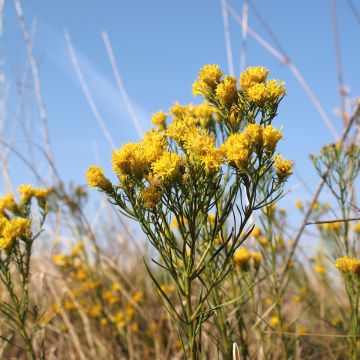
Available in 2 sizes
Available in 2 sizes
Available in 1 sizes
Available in 2 sizes
Available in 1 sizes
Available in 1 sizes
Available in 1 sizes
Available in 1 sizes
Available in 1 sizes
Available in 1 sizes
Available in 1 sizes
Available in 1 sizes
Available in 1 sizes
Available in 1 sizes
Available in 1 sizes
Available in 1 sizes
Available in 1 sizes
Available in 1 sizes
Available in 1 sizes
Available in 1 sizes
A selection of non-invasive Asters, that stay neatly in their place in borders, beds, or rockeries. This genus from the Asteraceae family was popularised by the large American asters, such as New England Asters (Aster novae-agliae 'Andenken an Alma Pötschke', 'Barrs Blue'...) and New Belgium Asters (Aster or Symphyotrichum novi-belgii 'Fellowship'...). These are beautiful autumn perennial plants but they can be invasive due to their running roots or self-seeding. In the assortment below, you will find many less exuberant varieties that will contribute with flair to the grand festival of summer and autumn. They can be classified as follows: Aster amellus ('Sonora', 'Rosa Erfüllung'...) which are small, as well as their hybrids A. x frikartii 'Mönch' or 'Jungfrau', for example, all flowering in summer. Asters or Symphyotrichum dumosus ('Anneke', 'Samoa'...) measure between 30 to 60 cm high and bloom late in the season. The compact Aster tongolensis is one of the few that flowers in spring. Also discover Aster lynosiris, which is very different and is called "Golden Hair" due to its small yellow pompom flowers in autumn.
Asters offer a multitude of species and varieties in a wide range of sizes and colours.
Haven't found what you were looking for?




































